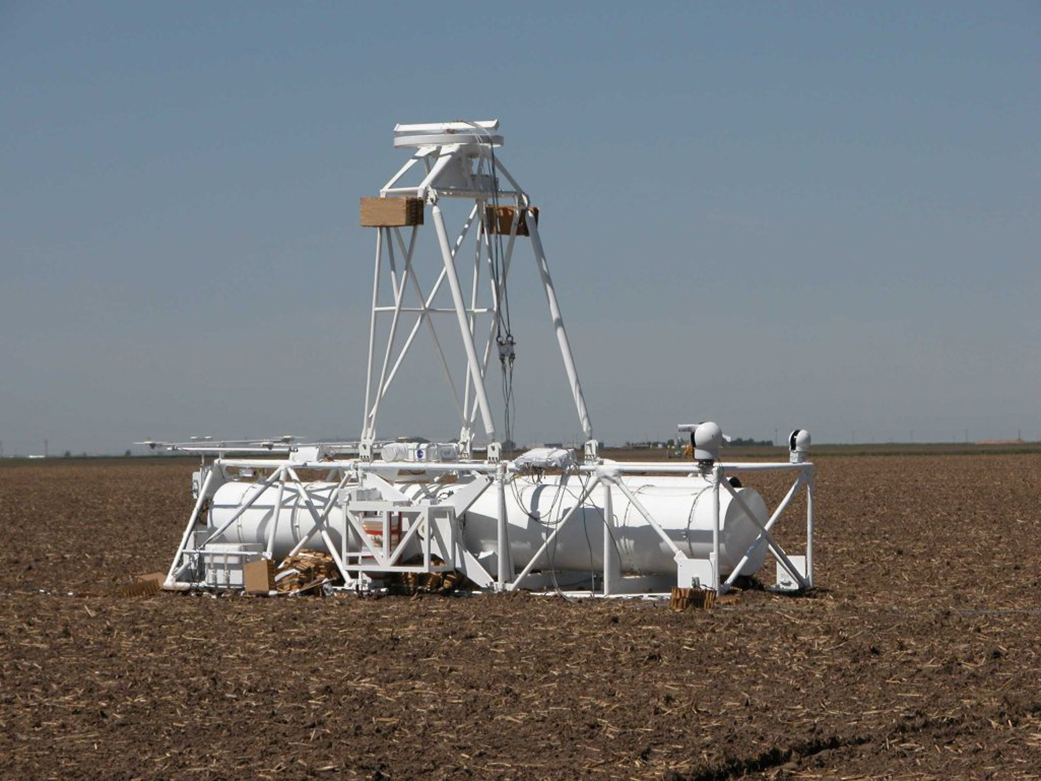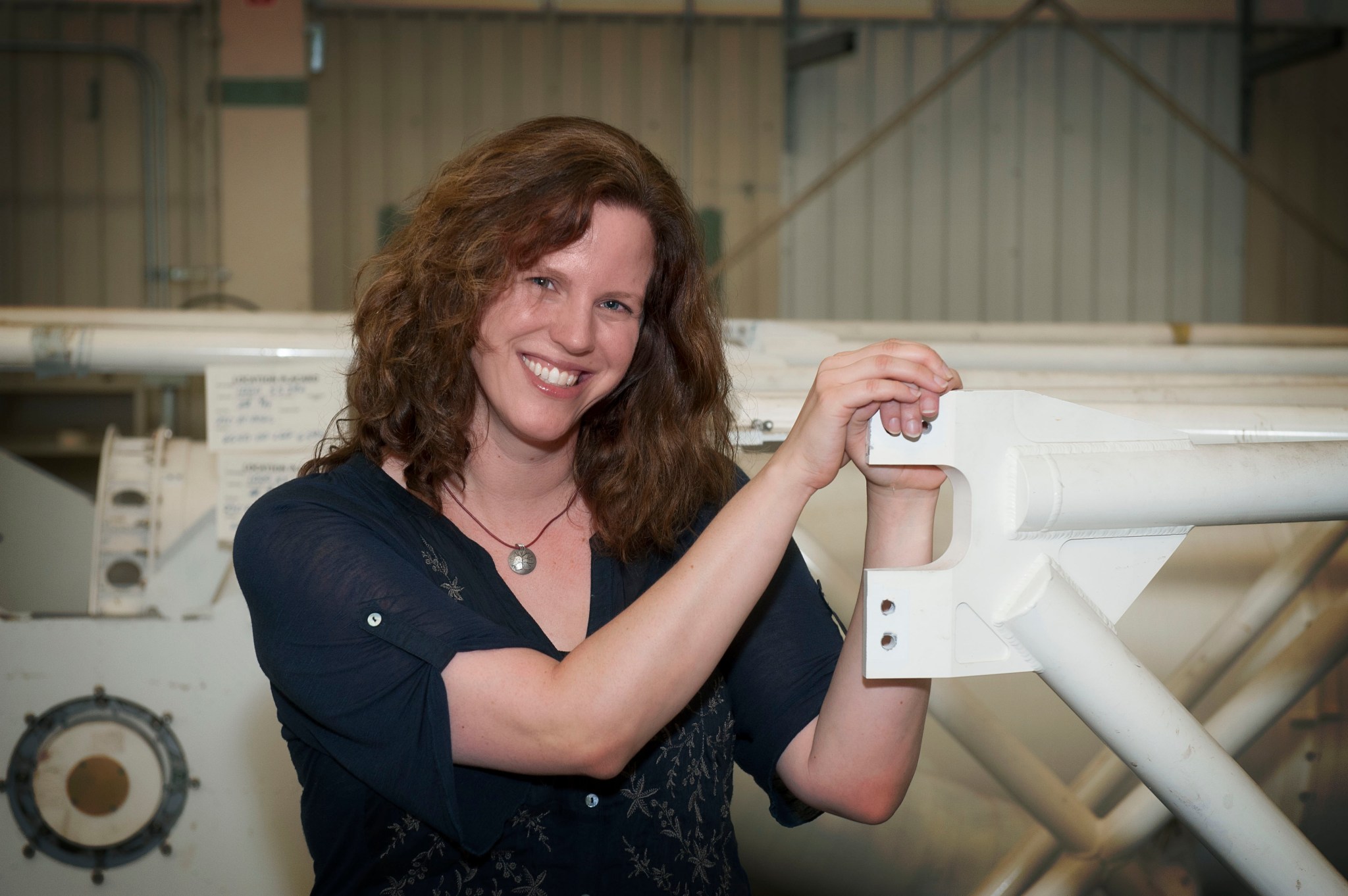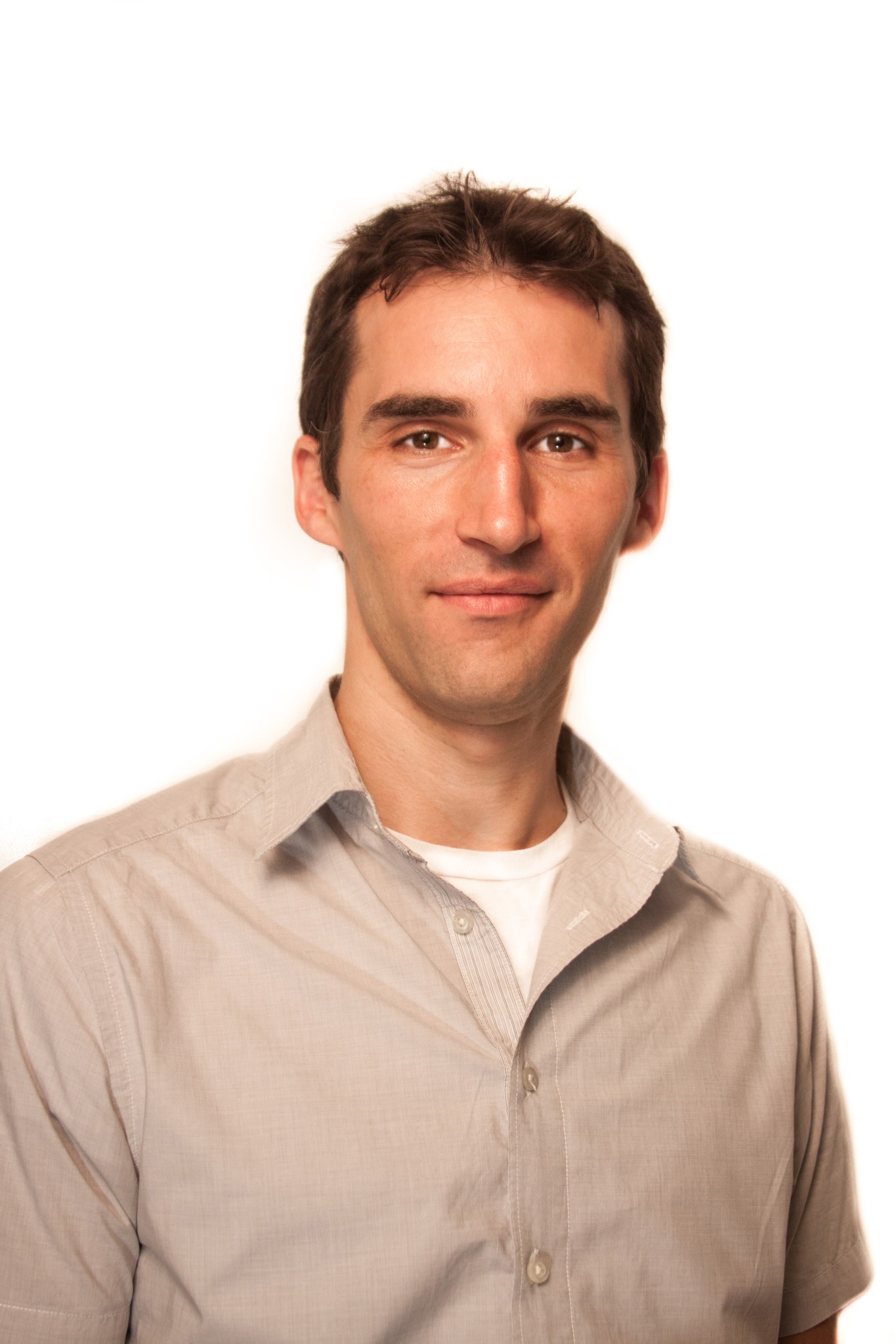Call Jessica Gaskin and Steve Christe “heroes,” and they’ll laugh. But these enterprising NASA researchers – the former at the Marshall Space Flight Center, the latter at the Goddard Space Flight Center – are leading a heroic undertaking: They’re co-principal investigators on a new project to prepare, modify, test and launch a sophisticated, balloon-borne X-ray telescope designed to expand knowledge in not just one field of extraplanetary science but two. Few members of the team have participated in a flight mission. And they’ve got just 12 months to get airborne.
Cue the “Mission: Impossible” theme? Not a chance. NASA has so much faith in the team’s “High Energy Replicated Optics to Explore the Sun” project, or HEROES, that it recently was selected for the agency’s prestigious Hands-On Project Experience (HOPE) training award.
First presented in 2009, the honor is designed to promote achievement and accelerate career advancement among scientists and engineers with no previous flight-project experience, as they take a mission from concept to launch to post-flight analysis over the course of a year. Eligibility extends to any NASA civil-service researchers developing in-house payloads that can be flown aboard available, low-cost NASA and commercial vehicles.
“The engineering data and scientific findings from these projects inform a variety of other NASA activities,” said John Grunsfeld, associate administrator for NASA’s Science Mission Directorate. “But the most valuable aspect of the HOPE awards is as an accelerated learning opportunity for promising NASA team members – enhancing their technical, project and leadership skills to continue our mission well into the 21st century.”
The awards are presented by the NASA Academy of Program/Project & Engineering Leadership, in partnership with NASA’s Science Mission Directorate, Office of the Chief Engineer and Office of the Chief Technologist in Washington.
One of only two projects selected for the 2012 HOPE award, HEROES is a joint effort between Marshall and Goddard science teams to fly a powerful X-ray telescope on a two-day mission in Earth’s stratosphere, some 25 miles up. It’s slated to launch in the fall of 2013, from the Fort Sumner, N.M., test site managed by the Columbia Scientific Balloon Facility of Palestine, Texas.
Despite its flight inexperience and the project’s tight timeline, the HEROES team benefits from standing on very strong shoulders. The Marshall and Goddard centers have more than 35 years of experience in flying high-altitude test balloons, plus decades more in scientific research and vehicle development, integration, testing and launch. And the HOPE award provides direct access to that experience: As part of the award, the 17-member HEROES team will be mentored throughout the project by seasoned science, engineering and flight projects personnel on a nearly one-to-one basis.
“Because there is little or no flight experience among the team members, our mentors, and the support of our centers, are critical,” Gaskin says. “This is a full-time, integrated learning process, but we’re treating it like we would any NASA flight opportunity. We’re following NASA mission policy directives, we’ve got formal reviews and documentation deadlines, we’re developing education outreach components – the works.”
Two Missions in One
HEROES’ name is a bit deceptive; it doesn’t quite cover the breadth of the project’s goals. During the day, the balloon-lofted payload will indeed explore the sun, studying powerful solar flares to give NASA solar scientists new insight into the way our star’s magnetic energy functions.
At night, however, the telescope’s eye will turn outward to other stars and celestial phenomena such as the Crab Nebula – targets of keen interest to NASA astrophysicists studying the origins of the cosmos and the lifecycle of stars and galaxies like our own.
Such studies provided the foundation for the new project, which builds on Marshall’s successful High Energy Replicated Optics telescope, or HERO, first flown to the upper atmosphere in 2001 to detect distant X-ray sources in space. HEROES will significantly update the original with a number of robust modifications, most notably an innovative targeting technology dubbed the Solar Aspect System.
Developed at the Goddard Center, this sophisticated pointing technology will enable scientists to aim HEROES with a high degree of precision, targeting specific points on the sun to obtain high-resolution images and spectroscopic data. The goal? To hone in on low-energy X-rays signifying the start of particle acceleration in the solar corona – the trigger for the process that culminates in the massive outbursts of energy we see as solar flares.
“We’re asking a very basic question here: How does energy get released in the solar corona?” Christe says. “It’s our goal to add to our understanding of how the sun works, so we’re going where the action is.”
When that solar action wanes at sunset, HEROES will use its star camera to target and document additional X-ray sources overnight, gazing deep into distant galaxies, and studying the spatial and spectral emissions of the Crab, a pulsar wind nebula caused by a supernova first detected from Earth in 1054.
Where Heliophysics and Astrophysics Meet
Gaskin and Christe are proud of the dual purpose of their project, which unites NASA’s heliophysics and astrophysics divisions – separate sciences often pursuing similar goals.
“We see a lot of the same processes everywhere we look in space, from the sun to the farthest points in the known universe,” Christe says. “The sun is the perfect laboratory to study so many of the processes we see in action around the cosmos. At the same time, studying the birth, life and death of stars millions of light-years away helps us better understand the lifecycle and behavior of our own turbulent star.”
Gaskin concurs. “By successfully integrating our science goals and working together to develop and fly the instrument that will achieve them, we hope to demonstrate how NASA can cut costs, combine resources and dramatically improve the return on its investment across all the sciences,” she says.
The co-investigators hope the team’s efforts eventually will lead to a larger-scale flight experiment – one lasting weeks instead of days – but right now they’re staying focused on the tasks at hand.
The newly assembled team is setting up shop in the high-bay facility in Building 4649 at Marshall. They’re unpacking equipment, getting to know one another and their mentors, and assessing mission requirements and specifications for HEROES’ first major milestone: a System Requirements Review set for August. Gaskin, managing the work at Marshall, communicates regularly by phone and email with Christe, who is overseeing the Solar Aspect System testing at Goddard. The team’s energy is palpable, and no wonder.
“It’s exciting to put together a project with such a relatively small price tag and such big ambitions,” Gaskin says. “It’s an opportunity to deliver big science on a budget.”
Then she and her partner get back to heroic business.
Janet Anderson
Marshall Space Flight Center, Huntsville, Ala.
256-544-0034
janet.l.anderson@nasa.gov
Susan Hendrix
Goddard Space Flight Center, Greenbelt, Md.
301-286-7745
susan.m.hendrix@nasa.gov
































